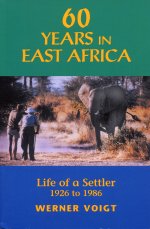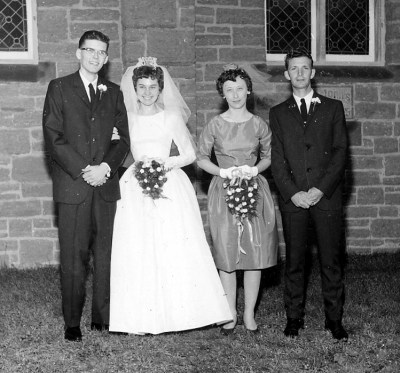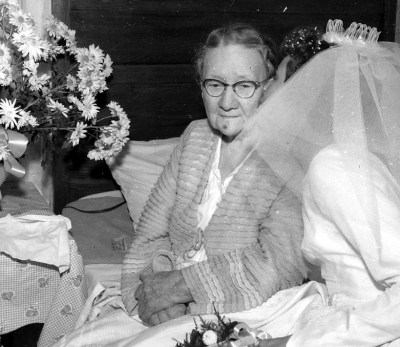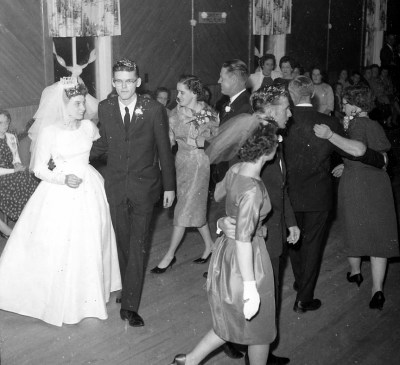
As the North-American economy slowly slips into a recession, it is timely that the top three American auto makers would see fit to approach Congress to ask for funding to pay off debts and cover "operating" expenses. All three are asking for paltry amounts. GM needs US$12-billion, Ford is looking for US$9-billion, and Chrysler, who clearly are more thrifty, only requires US$7-billion. These economic woes snuck up on their accounting departments and became an immediate crisis so the money is needed sooner than later. More specifically, by December 31st, 2008.
Canada’s federal industry minister, Tony Clement and Ontario Premier, Dalton McGuinty, can expect to receive the companies’ requests for assistance that will be proportional to the assistance requested of the US government.
If our government should indeed come through with the money, there are some ways that the auto makers could thank the Canadian tax payers. Each Canadian household could receive a voucher via cheap, third class, bulk mail, a for a free vehicle of their choice from one the three main corporations.
I strongly agree with this reparation because it has many perks that will boost the Canadian confidence and economy.
- If every Canadian was to drive a brand new vehicle of their choice there should be no problem with passing emissions tests. The government could save a lot of money by shutting down the branch of government responsible for monitoring emissions testing. This would free up some money to offset the funds that they will be giving to the auto makers from the public coffers.
- Since there will be more cars on the road, more gas will be pumped at the stations and therefore the government’s tax share from the sale of fuel should increase dramatically.
- As travel increases the need for more drive-ins and drive-thrus will increase. Heart clinics and Tim Horton will enjoy an increase in business. With sales at an all time high, surely the need for increased staff will follow and the unemployment rates should plummet.
- Turmoil created by the OC Transpo strike will be demolished because citizens will all have cars to get themselves to the malls. The loss of green space that will be required to expand existing parking lots to accommodate all the cars is a small price to pay.
- This is a time in our society where family life is busy and often chaotic. Being stuck in the endless lines of traffic and daily hold-ups as a result of all the extra cars on the road, will create opportunities for the family time that used to be spent around the dinner table.
- Canadians will appear healthier than ever. Overwhelming amounts of CO² will be released, depleting the ozone layer and thus allowing UV rays to enter the atmosphere. We will all be sporting Coppertone tans and will easily absorb more than adequate amounts of the daily recommended levels of vitamin D.
- One of the most pressing socio-economic issues in urban areas will be resolved. No one will be homeless.






